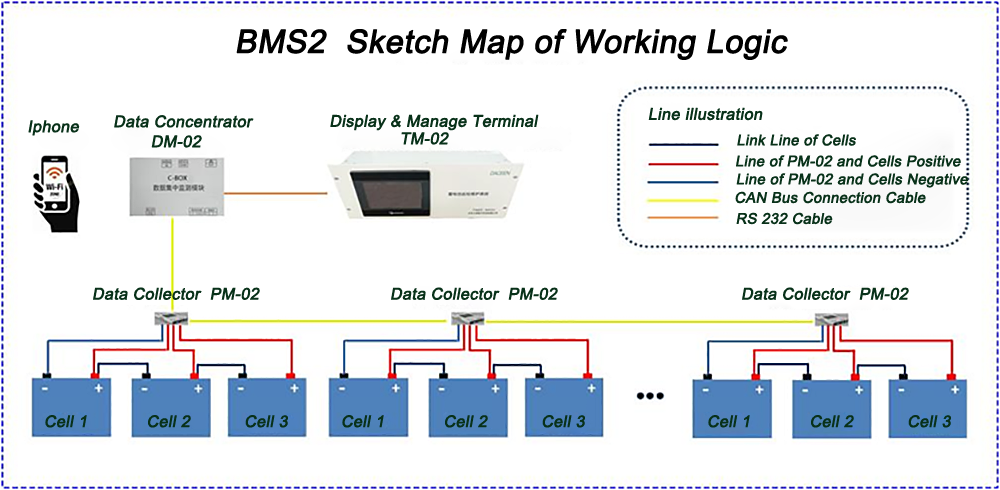Recently, Guangzhou Hongli Optoelectronics Co., Ltd. (hereinafter referred to as Hongliguang) has joined the newly established provincial-level industry-university research semiconductor lighting engineering strategic alliance (hereinafter referred to as the alliance), for this company specializing in LED light source packaging, and The cooperation of the scientific research forces of the alliance will serve as an important strategic development direction for the future.
Since the introduction of LED as a general lighting source concept into the Chinese market in 2002, it has become a key industry to subvert traditional lighting. At present, it has formed industrial bases in Shanghai, Dalian, Nanchang, Xiamen, Shenzhen, etc., and has led the Yangtze River Delta, Pearl River Delta, and Triangle and northern regions.
As a Pearl River Delta with obvious market advantages, its LED industry has been unable to break through the bottleneck of scale and technology. The tactical mode of stragglers has made the industrial competitiveness lag behind other regions.
The establishment of the alliance was interpreted by the industry as the beginning of the strategic integration of LED industry resources in the region. The LED industry in the Pearl River Delta will break through the bottleneck and enter the fast lane of development.
Technology integration to seize the commanding heights
In fact, not only in the Pearl River Delta, but also in China, there is a serious disconnect between scientific research and industry. Yan Xiaoming, director and technical director of Guangzhou Hongli Optoelectronics Co., Ltd., believes that on the one hand, scientific research institutions only focus on R&D and lack the rapid conversion mechanism of industrialization of results; on the other hand, enterprises are limited by technology, experience and talents, even in production. As far as the related technical phenomena are concerned, it is impossible to consolidate them into theory and rise to the research level.
The misplaced values ​​of the two sides make the road from technology to industry gradually longer, and for emerging high-tech industries like LED, technology is the cornerstone for transforming productivity and occupying the commanding heights of the industry.
It is understood that the LED industry involves a large number of related patents. In the upstream epitaxial wafer and chip production of LED, the United States, Japan, and the European Union still have huge technological advantages. At present, the US International Trade Commission has launched a 337 patent investigation for LED companies including China, and applied for general exclusion orders and prohibitions. Manufacturers who need to circumvent key technologies will lose market opportunities.
Experts pointed out that the core patents for LED general lighting are Blu-ray core patents and white light patents. This is a key issue that has been plaguing the entire Chinese industry. Lack of this core patent, the domestic LED general lighting implementation go out development strategy will be placed In a passive situation.
In view of this, in the Pearl River Delta region, the call for technical docking between enterprises and scientific research institutions is getting higher and higher.
1 2 3 Next Page

The Internet of Things (IoT) is the network of physical devices, vehicles, batteries, home Appliances, and other items embedded with electronics, software, sensors, actuators, and connectivity which enables these things to connect and exchange data, creating opportunities for more direct integration of the physical world into computer-based systems, resulting in efficiency improvements, economic benefits, and reduced human exertions.
Our Battery Remote Monitor with IoT is direct integration of the battery restore solution and device into computer-based battery monitoring system which combines wireless communication with patented, field-proven battery monitor and analysis technology. It not only has the ability to restore battery, but also has the ability to monitor battery's State-Of-Health(SOH) in real time.
Uptime is the most basic requirements in nowadays connected to all things in the world. Power systems rely on batteries to provide critical backup energy and power in sudden affairs. When power supply of normal grid is lost suddenly, the backup power systems must perform. Without proper monitoring of the back up power system status whether safe or not, there is a irreparable risk of catastrophic loss for Hospital institution, Telecommunication cost, financial organizations and even the army suddenly lost the war, etc.
How our Battery Remote Monitor IOT works? it is comprised of 3 base hardware devices and 1 software operation system. The monitor parts connected with batteries pack and reliably reports battery State-Of-Health(SOH) to the software platform. Wirelessly enables these monitoring hardware to connect and exchange data with users in working to control the batteries status in real time.
Our family members of Battery Remote Monitor IoT are Battery Smart Pulse Protector with BlueTooth and GPS tracking management such as Car or Truck GPS System , Telecom Base Site Battery Protector System with wireless monitor, Battery Smart Remote Monitoring system and Battery Anti-Theft GPS System, etc.
Battery Remote Monitor IOT
Battery Remote Monitor IOT,Battery Remote Monitor IOT,Battery Remote Monitoring,Home Battery Remote Monitoring,Monnit Temperature Sensor
Shenzhen Daceen Technology Co., Ltd. , http://www.daceen-sz.com